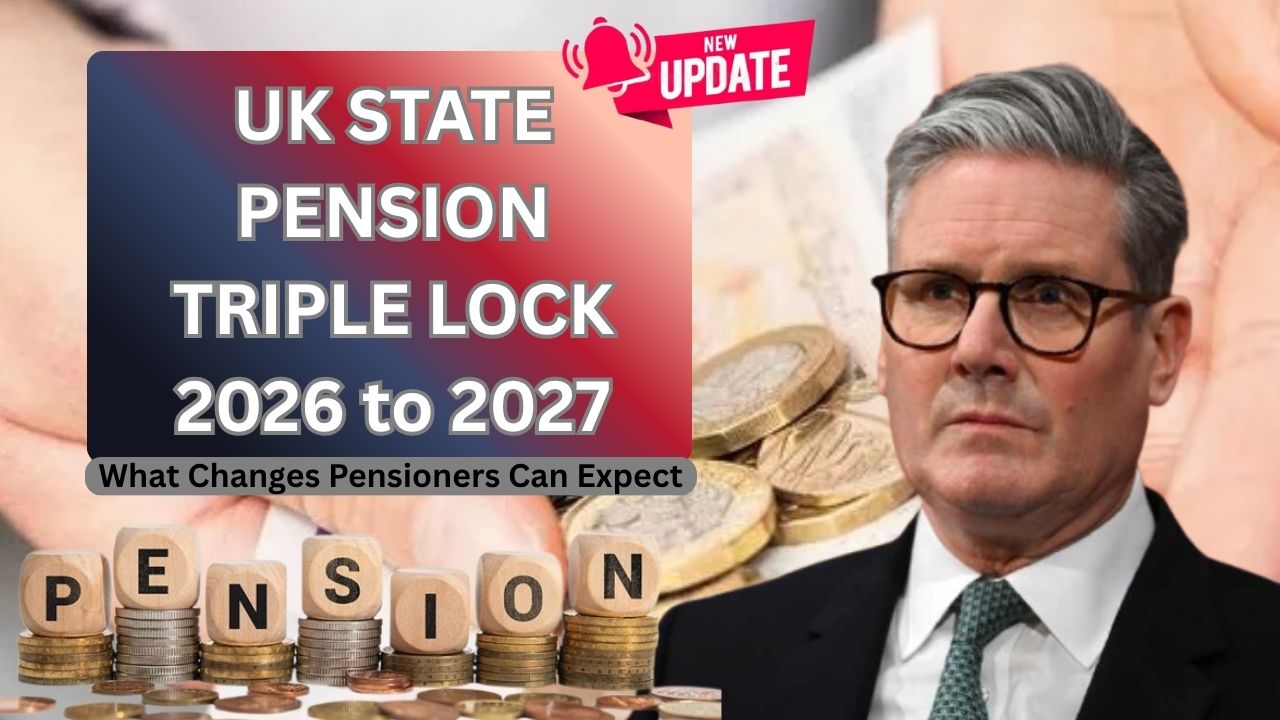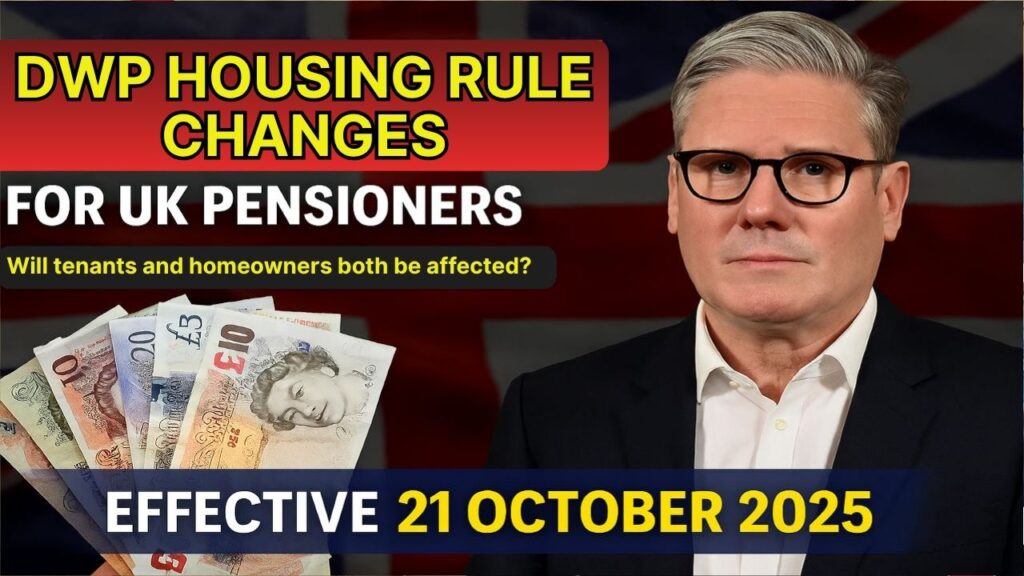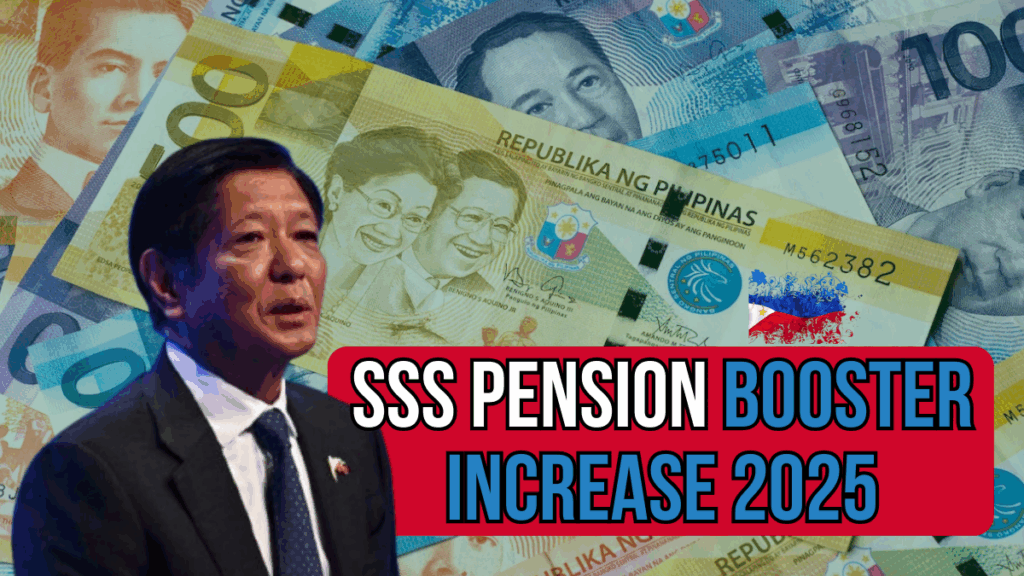Around 13 million people over State Pension age are due to learn how much their payments will rise for the 2026 to 2027 financial year. The Government has pledged to honour the Triple Lock, which means the annual increase will be the highest of average earnings growth, Consumer Prices Index inflation in the year to September, or 2.5 percent. With earnings growth currently expected to outpace inflation, the Triple Lock is on track to use the earnings figure for the next uprating. This guide explains how the Triple Lock works, what the projected weekly, four weekly, and annual amounts could look like, how the rise interacts with the frozen Personal Allowance, and practical steps to check your National Insurance record and tax position.
Table of Contents
UK State Pension Triple Lock 2026 to 2027 Quick Summary Table

Item |
Details |
|---|---|
What is changing |
Annual State Pension uprating for 2026 to 2027 under the Triple Lock |
Likely driver of increase |
Average earnings growth for May to July, expected to exceed CPI |
Indicative uplift used here |
4.8 percent for illustration, based on earnings trends |
Projected full New State Pension |
£241.30 per week, £965.20 every four weeks, £12,547 a year |
Projected full Basic State Pension |
£184.90 per week, £739.60 every four weeks, £9,614 a year |
Personal Allowance interaction |
Personal Allowance remains £12,570 until April 2028, so more pensioners may be drawn into income tax |
Who actually gets the full rate |
Depends on National Insurance record and whether you were ever contracted out |
When final decision is announced |
Confirmed at the Autumn Budget on November 26 |
Official guidance |
GOV.UK State Pension pages and tax tools |
Triple Lock Explained
The Triple Lock guarantees that the State Pension rises each year by the highest of three measures
- Average annual earnings growth from May to July.
- CPI inflation for the year to September.
- A floor of 2.5 percent.
Additional State Pension elements and deferred State Pensions rise each year with the September CPI figure rather than the full Triple Lock calculation. Because earnings growth is currently expected to be higher than CPI, it is likely to be the factor used to uprate the New and Basic State Pensions for 2026 to 2027.
Projected State Pension Rates for 2026 to 2027
Using an illustrative earnings driven uplift of 4.8 percent:
Full New State Pension
- Weekly: £241.30 (up from £230.25)
- Four weekly pay period: £965.20
- Annual amount: £12,547
Full Basic State Pension
- Weekly: £184.90 (up from £176.45)
- Four weekly pay period: £739.60
- Annual amount: £9,614
These figures are projections. The final rates depend on the officially confirmed Triple Lock outcome and will be announced at the Autumn Budget. Note that your actual entitlement may be lower if you have gaps in your National Insurance record or if you were contracted out under the old system.
Why Your National Insurance Record Matters
The amount you receive depends on your National Insurance contribution history. Under the post 2016 system, around 35 qualifying years are usually required for the full New State Pension. However, entitlements can differ depending on individual circumstances such as past periods of contracting out. It is good practice to check your National Insurance record, review any gaps, and consider whether topping up with voluntary Class 3 contributions makes sense for your situation. This is particularly important as you approach State Pension age because small changes can affect your weekly amount for life.
CPI Versus Earnings: What If Inflation Surprises
CPI for the year to September is the second major component of the Triple Lock. If CPI had come in higher than earnings, the uprating would have followed CPI instead. Current expectations point to CPI being lower than earnings growth, which is why earnings is assumed in these projections. Additional and deferred State Pension elements that follow CPI should still rise in line with the September figure even if the core pension follows earnings.
Interaction With Income Tax
The Personal Allowance is frozen at £12,570 until April 2028. A full New State Pension of about £12,547 a year would sit just £23 below the allowance on these projections. That leaves very little headroom before other taxable income such as private pensions, employment income, savings interest beyond allowances, or rental income pushes you into paying income tax. Many pensioners may find that even small amounts of extra income trigger a liability. It is wise to review your tax position, check your code, and use available allowances such as the Personal Savings Allowance or starting rate for savings where applicable.
Payment Frequency and What You Will See
The State Pension is typically paid every four weeks in arrears on a weekday assigned to you based on your National Insurance number. The four weekly figures above help you compare the impact on your household budget. Remember that the annual figure is simply the weekly rate multiplied by 52. There is no thirteenth payment, so budgeting by month can be helpful because some months span five weeks of expenses.
What To Do Now
- Check your National Insurance record
Identify any missing years and explore whether topping up is worthwhile. - Review your private pension and savings income
Estimate your total income for the tax year to see whether you will exceed the Personal Allowance. - Confirm your State Pension forecast
If you are not yet at State Pension age, a forecast shows your estimated entitlement at State Pension age and what you can do to improve it. - Adjust your budget for April 2026
Update your regular spending plan to reflect the projected increase and any likely tax deductions. - Watch for the Autumn Budget announcement
The official rates will be confirmed in Parliament and then reflected in GOV.UK guidance.
Frequently Asked Questions
1. What is the Triple Lock and how does it work
It is a guarantee that the State Pension rises each year by the highest of earnings growth, CPI inflation in the year to September, or 2.5 percent.
2. Which measure is most likely to set the 2026 to 2027 increase
Earnings growth is currently expected to be higher than CPI, so it is likely to be the driver for the New and Basic State Pension uprating.
3. What are the projected amounts for the full New State Pension
About £241.30 a week, £965.20 every four weeks, and £12,547 a year based on a 4.8 percent illustration.
4. What are the projected amounts for the full Basic State Pension
About £184.90 a week, £739.60 every four weeks, and £9,614 a year on the same basis.
5. Will everyone receive the full figures shown
No. Your entitlement depends on your National Insurance record and any history of contracting out. Check your record to confirm your own amount.
6. How does the freeze to the Personal Allowance affect me
With the allowance at £12,570 until April 2028, a full New State Pension of about £12,547 leaves very little headroom before other income triggers tax.
7. When do the new rates start
New rates apply from April 2026 for the 2026 to 2027 tax year once confirmed in the Autumn Budget.
8. Do Additional State Pension and deferred amounts rise the same way
These typically follow the September CPI figure rather than the Triple Lock headline calculation.
9. How can I reduce the risk of overpaying tax
Check your tax code, keep HMRC informed of your income sources, and make use of allowances where you qualify.
10. Where can I check my forecast and National Insurance record
Use the official GOV.UK services to view your State Pension forecast and your National Insurance record.
For More Information Click HERE











